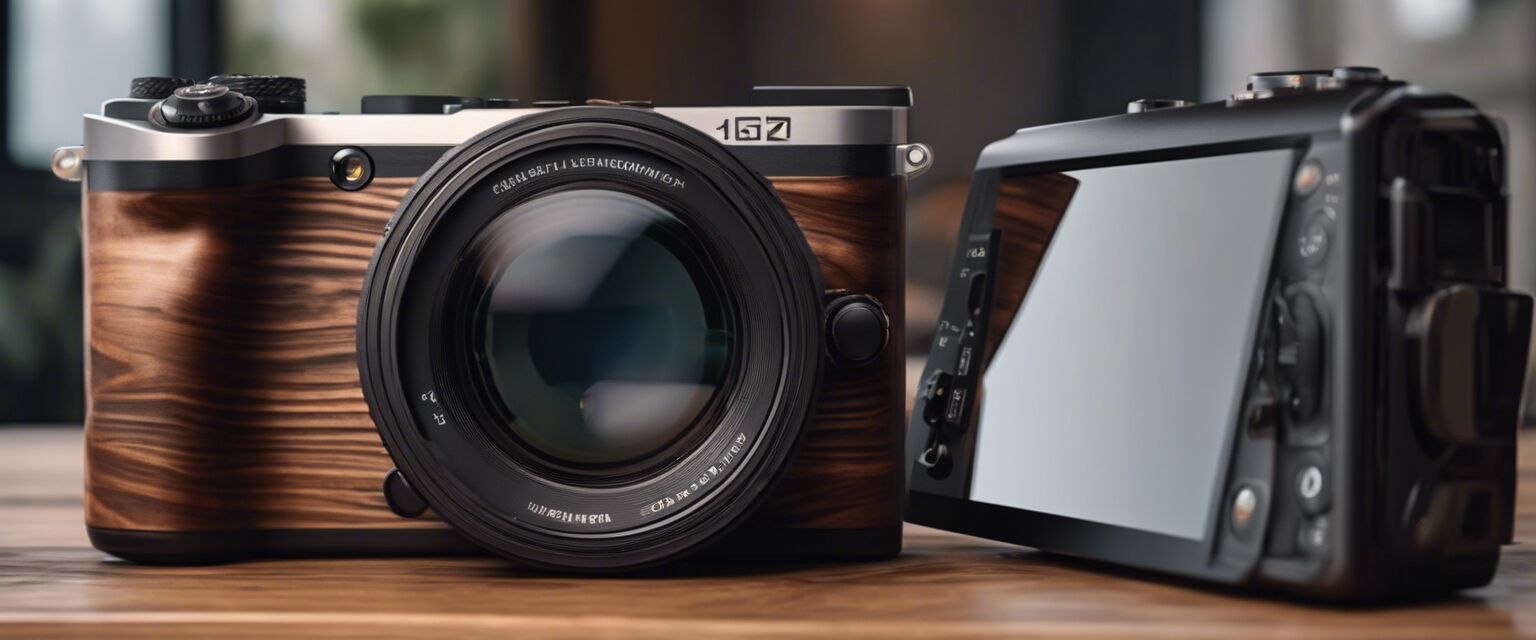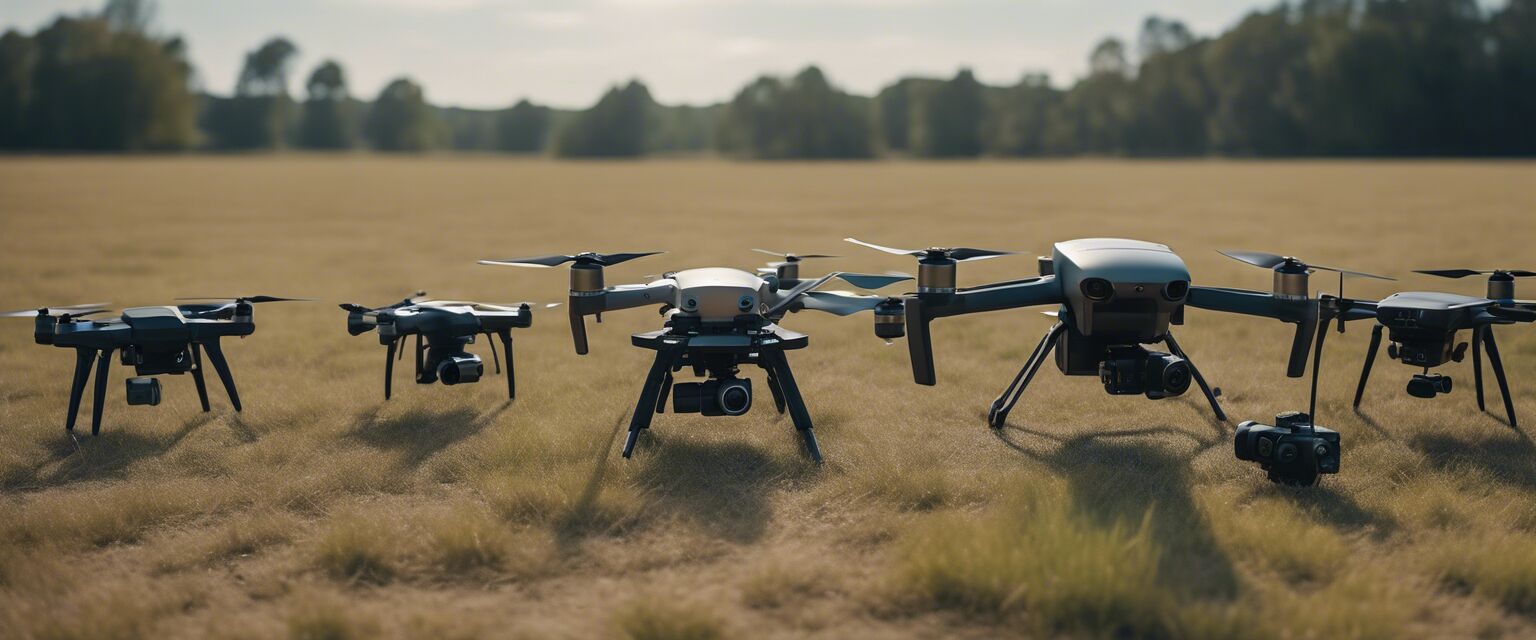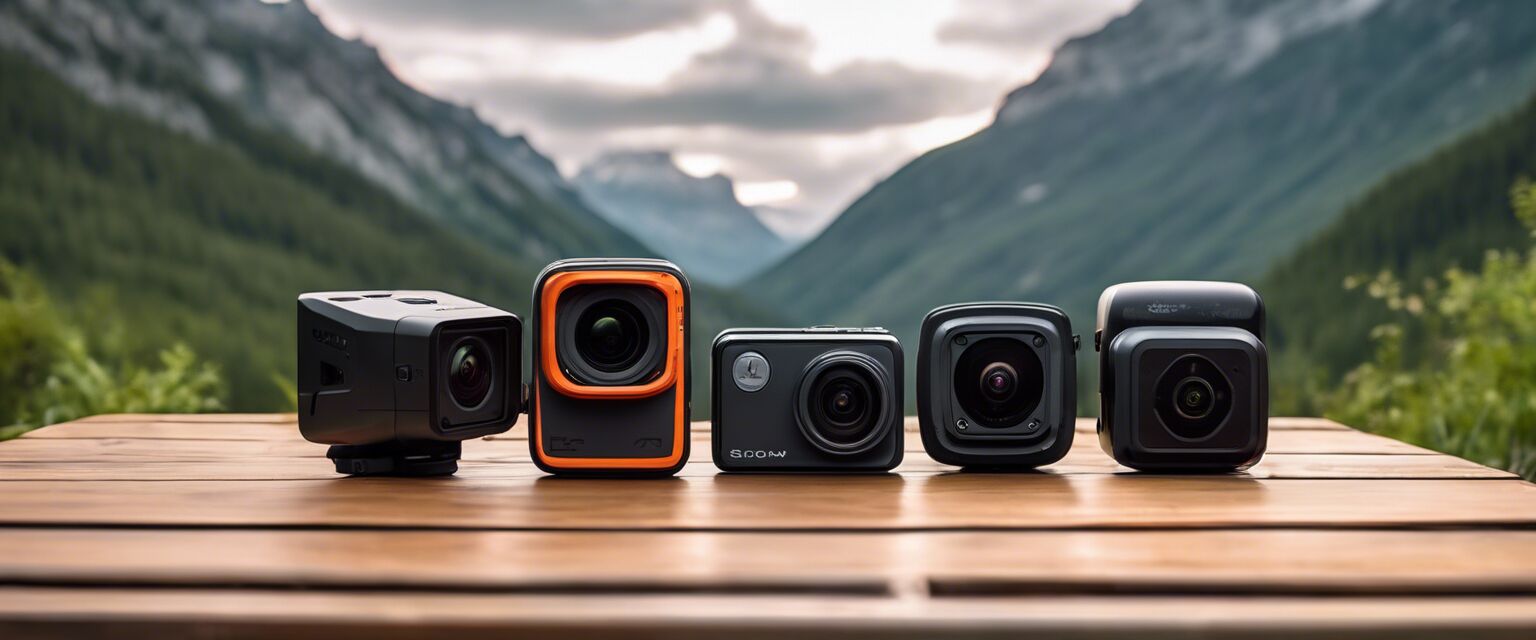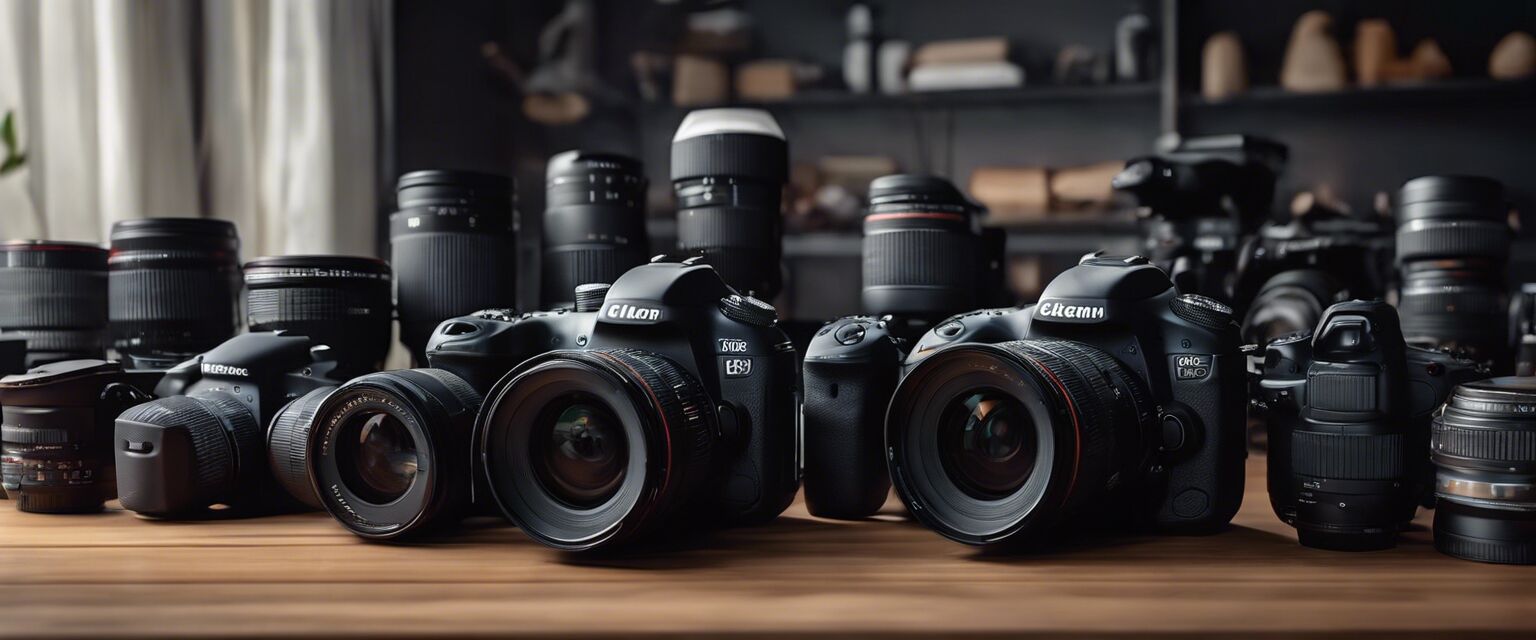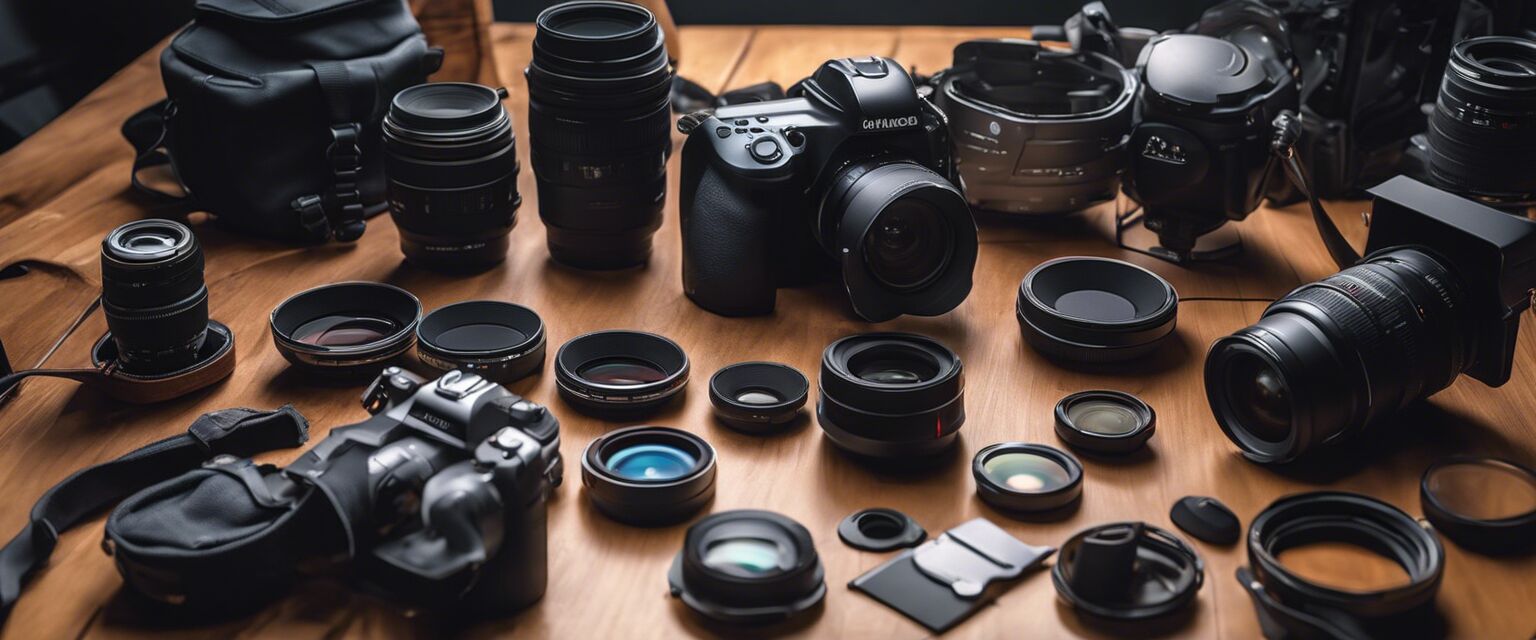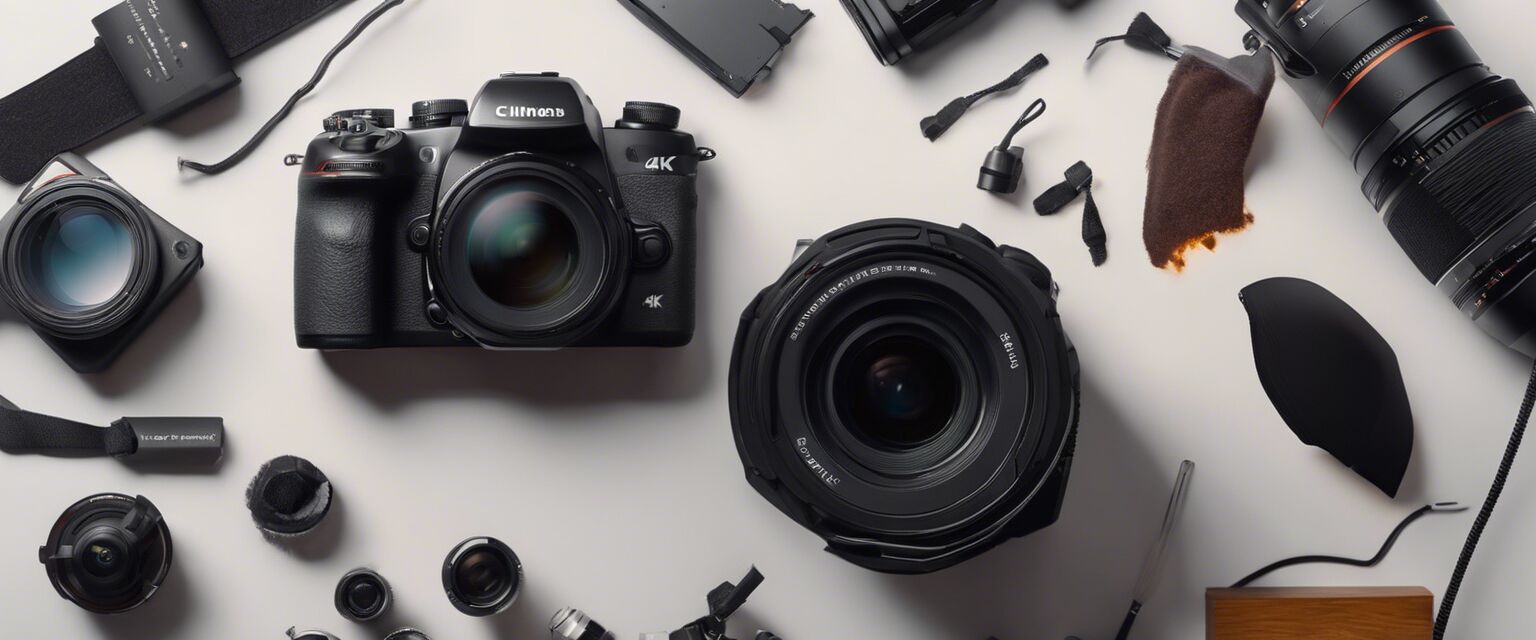
Photography Tips
Photography is both an art and a science. Whether you are a beginner or an experienced photographer, you can always learn new techniques to enhance your skills. This pillar page will provide a comprehensive guide on essential photography tips, techniques, and tutorials tailored for various types of cameras. Let's dive in!
Key Takeaways
- Understand your camera settings to utilize its full potential.
- Practice composition techniques for better framing.
- Utilize natural light to enhance your shots.
- Experiment with different photography styles and genres.
- Post-processing is essential for perfecting images.
The importance of understanding camera settings
Getting familiar with your camera settings is crucial for taking excellent photographs. Here are some important settings to consider:
| Setting | Description | Tip |
|---|---|---|
| ISO | A measure of the camera's sensitivity to light. | Use a lower ISO for bright conditions and increase it for low light. |
| Aperture | The opening in the lens through which light enters. | Use a wide aperture to blur the background or a narrow one for more depth of field. |
| Shutter Speed | The length of time the camera's shutter is open. | Faster speeds can freeze motion; slower speeds can create blur effects. |
Composition techniques
Composition is key to enhancing your photography. Here are some popular techniques you can implement:
- Rule of thirds: Divide your frame into a 3x3 grid and place key elements along the lines or intersections.
- Leading lines: Use natural lines in your composition to lead the viewer's eye toward the subject.
- Framing: Use elements in your scene to frame your subject for a more focused image.
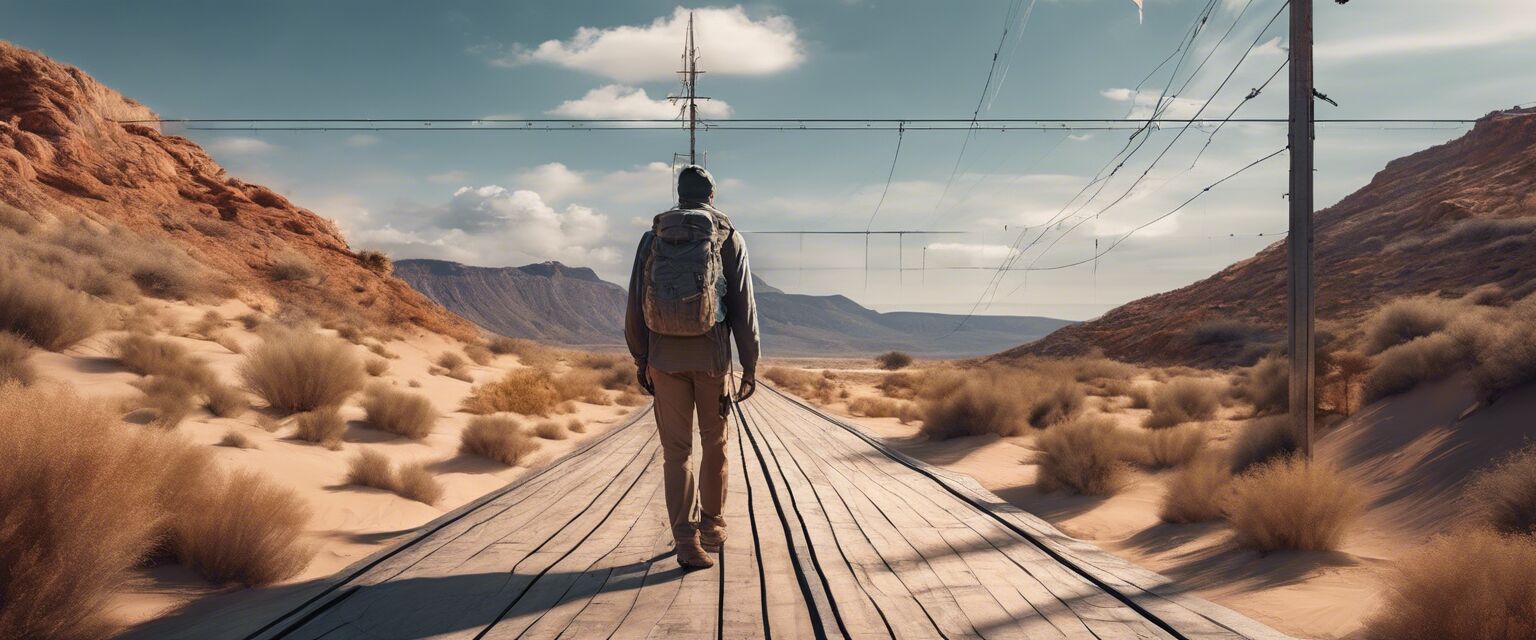
Utilizing natural light
Natural light can dramatically affect your photographs. Hereâs how to make the most of it:
- Golden hour photography: Shoot during the hour after sunrise or before sunset for warm light.
- Overcast days: Soft lighting reduces harsh shadows, excellent for portrait photography.
- Backlighting: Position the light source behind your subject for dramatic effects.
Finding your photography styles
Photography encompasses various styles and genres. Here are some popular ones to explore:
- Landscape photography
- Underwater photography
- Aerial photography
- Street photography
- Portrait photography
Post-processing tips
Post-processing is vital for refining your images. Here are some tips to get started:
| Software | Best for | Price |
|---|---|---|
| Adobe Lightroom | Batch editing and organization | Subscription-based |
| Adobe Photoshop | Advanced photo manipulation | Subscription-based |
| GIMP | Free alternative to Photoshop | Free |
Getting started with photography
Beginnersâ tips
- Practice regularly to improve your skills.
- Join photography groups or online communities for feedback and support.
- Try different genres to discover your passion.
- Invest in quality equipment as you progress.
- Always carry your camera with you to capture spontaneous moments.
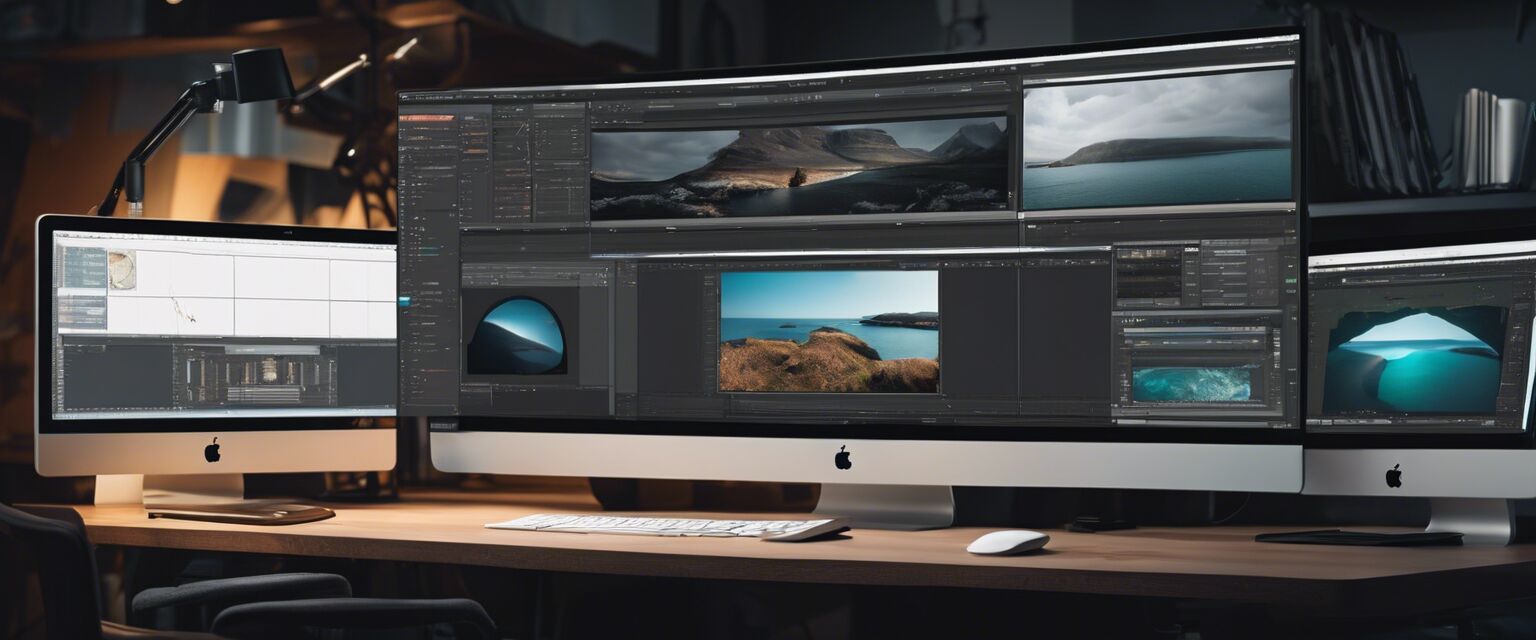
Pros
- Improves your creativity and expression.
- Can be a rewarding hobby or profession.
- Offers opportunities to document life events and memories.
Cons
- Can be costly due to equipment and software.
- Requires time and practice to master skills.
- Editing can be time-consuming.
Conclusion
Photography is an exciting and limitless pursuit. By honing your skills with the tips and techniques shared in this article, you'll be on your way to capturing beautiful images, regardless of your camera type. Donât forget to explore more of our resources for camera accessories, printers, and editing software to aid your photographic journey. Happy shooting!
